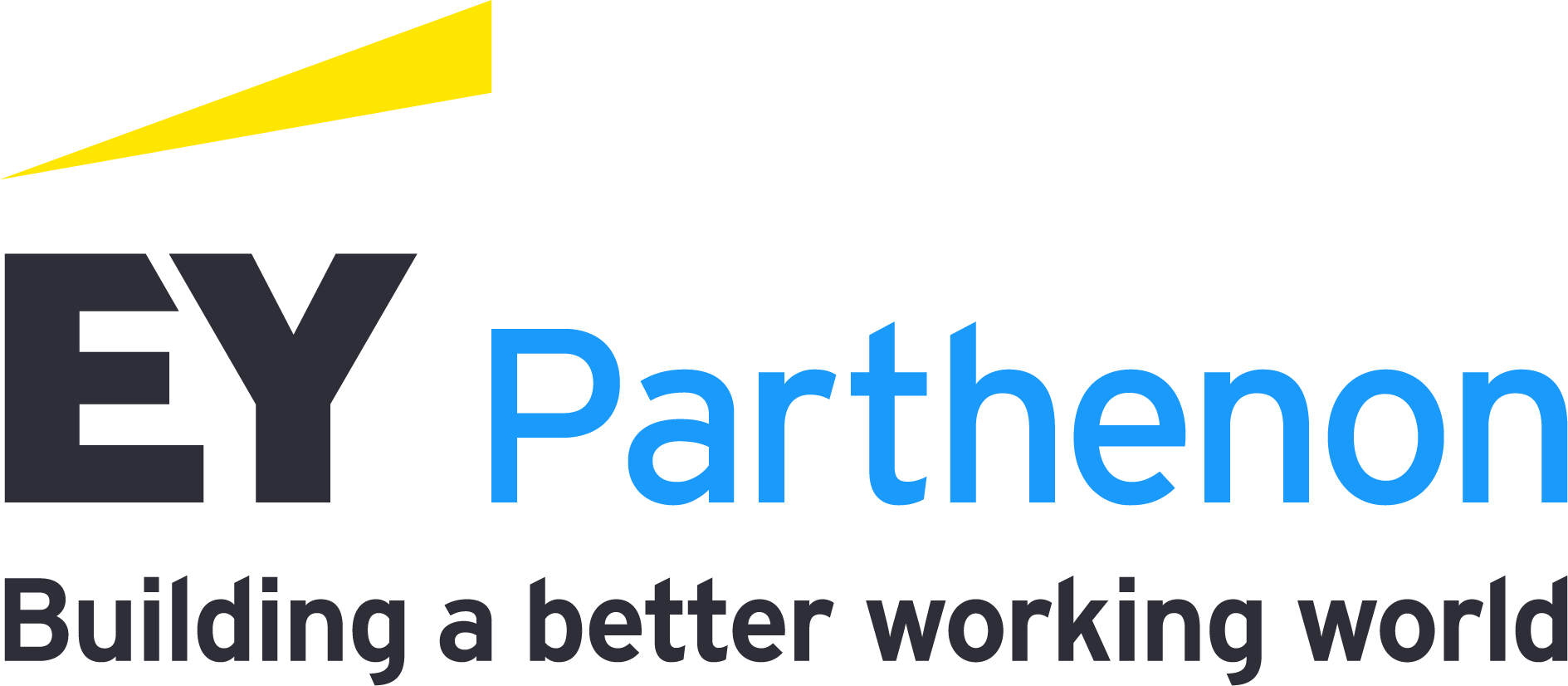Productivity growth – the ability of an entity to produce more with the same labor and capital investment inputs – is the primary driver of long-term economic growth and improvements in living standards. As the economist Paul Krugman famously noted in 1994, “Productivity isn't everything, but, in the long run, it is almost everything.”
Disappointingly though, productivity growth has been sluggish in both advanced and developing countries over the past decade. In the US, labor productivity growth has averaged only 1.4% per year since 2013, less than half the rate of the previous decade.
Labor productivity can be decomposed into three distinct components (see figure 1): the labor composition, reflecting the quality of labor; capital deepening, reflecting the ability to use tangible and intangible capital more efficiently; and total factor productivity (TFP) or multifactor productivity (MFP), reflecting efficiency gains such as new management practices, changes to an organization, knowledge improvements or economies of scale.
The effect of technological innovation on the economy is typically measured indirectly as economic output growth that cannot be accounted for by changes in capital or labor inputs used in the production process. It’s generally captured in TFP but is often measured as greater labor productivity growth.
Looking back at history, TFP was a driving force behind the acceleration in US labor productivity growth that took place during the ICT revolution of the late 1990s. Beginning in the mid-1990s, output per hour began to grow rapidly, reversing the productivity growth slowdown of the 1980s. After averaging 1.4% annually from 1973 to 1990, labor productivity growth accelerated to 2.2% between 1990 and 2000 and 2.7% between 2000 and 2007. Notably, TFP accounted for about half of the decade-long acceleration in labor productivity growth during the 1990s and early 2000s.











